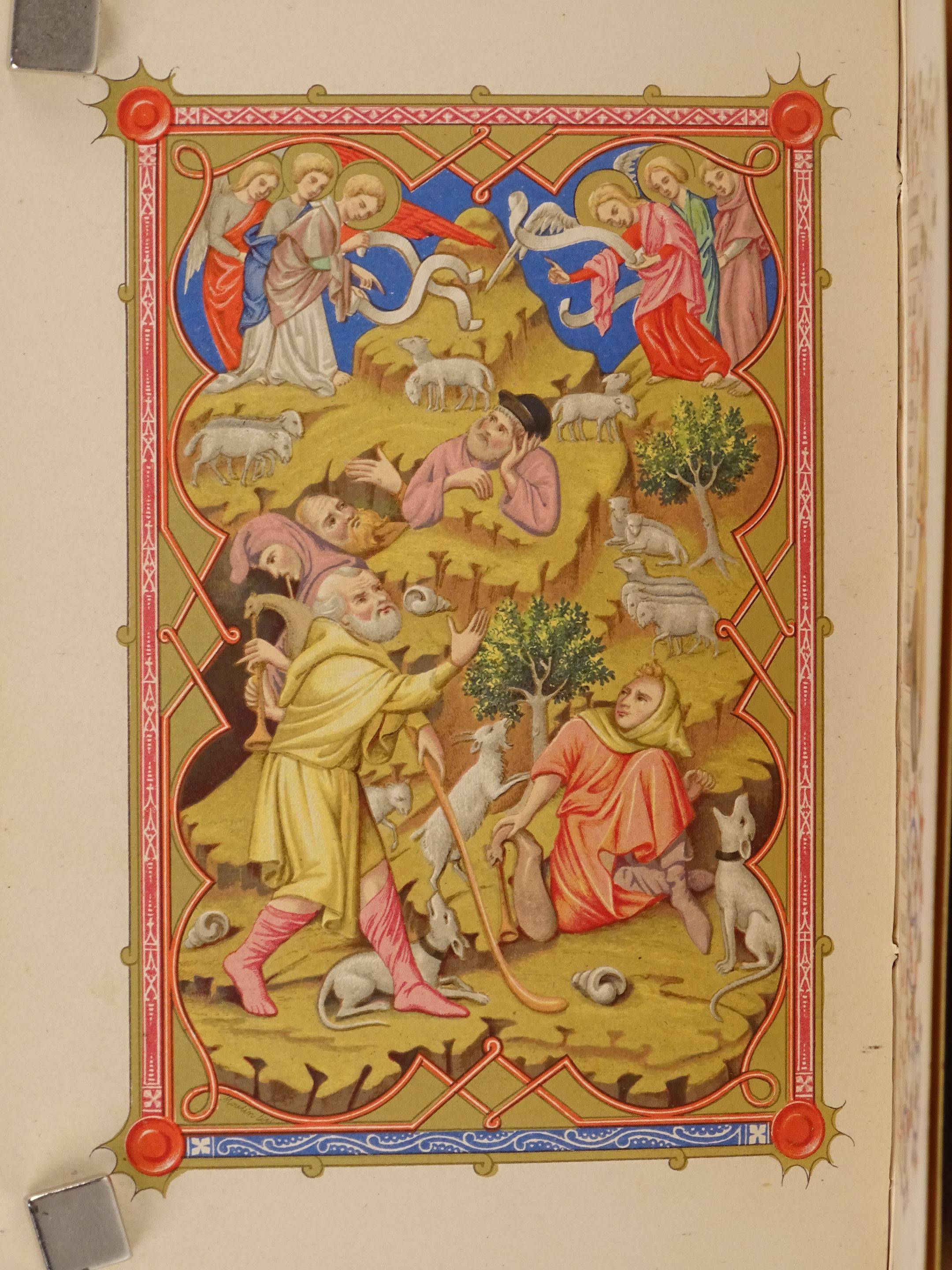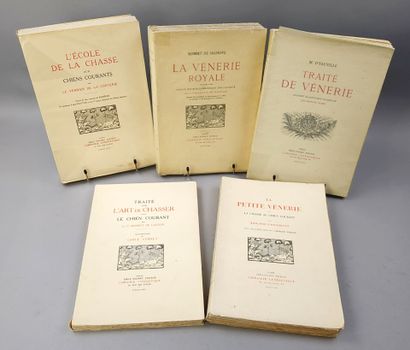• 5,359cc inline eight-cylinder • Three-speed manual gearbox • Restored by Alpine Eagle to exacting standards • Unique surviving Bugatti by this coachbuilder • Welcome at all major Concours events '(The Bugatti Type 46) ...combines the luxury of a large limousine, the perfect flexibility and top gear performance of a thoroughbred low carriage with the perfect roadholding, the speed and acceleration of the best type of sports model.' - 'The Motor', 1930. By the early 1930s Ettore Bugatti had established an unrivalled reputation for building cars with outstanding performance on road or track. Indeed, the world's greatest racing drivers enjoyed countless successes aboard the Molsheim factory's products and often chose them for their everyday transport. Although Bugatti is best remembered for its racing models, most of the 6,000-or-so cars produced at the Molsheim factory were touring cars of sporting character. Produced from 1929 to 1932, the Type 46 exemplified Bugatti's policy of building fast and exciting touring cars possessing excellent handling. The Type 46 was powered by a 5.4-litre, single-overhead-camshaft, straight-eight engine - effectively a short-stroke version of that found in the stately Type 41 Royale - while the axles, brakes and rear-mounted transmission were other Royale carry-overs, giving the model the name 'La Petite Royale'. Because of its lengthy run of success, Ettore Bugatti had remained committed to his single-cam engine as found in the Type 46, only adopting the more advanced double-overhead-camshaft method of valve actuation, after much prompting by his eldest son Jean on the Type 50 of 1930. But of all the many and varied car designs that he produced, it is the elegant and handsomely proportioned Type 46 that the legendary artist/engineer is said to have favored most. Unlike the Royale, only six of which found customers, the Type 46 proved far more saleable, a total of 444 (plus 18 supercharged Type 46S) leaving the Molsheim factory by the time production ceased. A civilized grande routière to match those of rivals Delage and Delahaye, the Type 46 attracted coachwork of the finest quality executed in a wide variety of styles, the faux cabriolet body carried by this example being the work of Veth & Zoon (Veth & Son). Established in 1840 in Arnhem, Holland, Veth & Son started off constructing horse-drawn carriages before diversifying into powered transport towards the end of the 19th Century. The company grew quickly and in 1914 was appointed the official coachbuilder to the Dutch Royal Family. Before WW2, bodies were fitted to chassis of quality marques such as Bugatti, Hotchkiss, Talbot Lago, Bentley and Packard. After the war, Veth & Son escaped the fate of many of their contemporaries by branching out into the manufacture of truck and van bodies. The company still exists building commercial and public service vehicles but has not bodied a car for over 60 years. The well documented car offered here - chassis number '46293', fitted with its original engine number '157' - was the 18th of 35 Type 46 chassis produced in the Molsheim factory in April 1930. A Type 46 chassis had been ordered on April 4th, 1930 by a provincial Dutch Bugatti agent, H Stam of Soest, a town about 35 kilometres south-east of Amsterdam, for his client C D Klos, a mussel farmer from Ierseke on the Oosterschelde coast, around 120 kilometres south-west of Soest. Chassis number '46293' was allocated to this order, for which the agent was invoiced the sum of 64,980 French francs (approximately $2,550 at the then current rate of exchange). The chassis was duly delivered to him on 14th April 1930, promptly following its completion, and came fitted with the wire wheels characteristic of early Type 46s. In 1928 Klos had decided to purchase a 3.0-litre Bugatti Type 44 via the Stam agency, which had ordered a chassis for him from the factory on 10th September. Chassis number '44637' duly arrived on 21st September and was forwarded to the
• 5,359cc inline eight-cylinder • Three-speed manual gearbox • Restored by Alpine Eagle to exacting standards • Unique surviving Bugatti by this coachbuilder • Welcome at all major Concours events '(The Bugatti Type 46) ...combines the luxury of a large limousine, the perfect flexibility and top gear performance of a thoroughbred low carriage with the perfect roadholding, the speed and acceleration of the best type of sports model.' - 'The Motor', 1930. By the early 1930s Ettore Bugatti had established an unrivalled reputation for building cars with outstanding performance on road or track. Indeed, the world's greatest racing drivers enjoyed countless successes aboard the Molsheim factory's products and often chose them for their everyday transport. Although Bugatti is best remembered for its racing models, most of the 6,000-or-so cars produced at the Molsheim factory were touring cars of sporting character. Produced from 1929 to 1932, the Type 46 exemplified Bugatti's policy of building fast and exciting touring cars possessing excellent handling. The Type 46 was powered by a 5.4-litre, single-overhead-camshaft, straight-eight engine - effectively a short-stroke version of that found in the stately Type 41 Royale - while the axles, brakes and rear-mounted transmission were other Royale carry-overs, giving the model the name 'La Petite Royale'. Because of its lengthy run of success, Ettore Bugatti had remained committed to his single-cam engine as found in the Type 46, only adopting the more advanced double-overhead-camshaft method of valve actuation, after much prompting by his eldest son Jean on the Type 50 of 1930. But of all the many and varied car designs that he produced, it is the elegant and handsomely proportioned Type 46 that the legendary artist/engineer is said to have favored most. Unlike the Royale, only six of which found customers, the Type 46 proved far more saleable, a total of 444 (plus 18 supercharged Type 46S) leaving the Molsheim factory by the time production ceased. A civilized grande routière to match those of rivals Delage and Delahaye, the Type 46 attracted coachwork of the finest quality executed in a wide variety of styles, the faux cabriolet body carried by this example being the work of Veth & Zoon (Veth & Son). Established in 1840 in Arnhem, Holland, Veth & Son started off constructing horse-drawn carriages before diversifying into powered transport towards the end of the 19th Century. The company grew quickly and in 1914 was appointed the official coachbuilder to the Dutch Royal Family. Before WW2, bodies were fitted to chassis of quality marques such as Bugatti, Hotchkiss, Talbot Lago, Bentley and Packard. After the war, Veth & Son escaped the fate of many of their contemporaries by branching out into the manufacture of truck and van bodies. The company still exists building commercial and public service vehicles but has not bodied a car for over 60 years. The well documented car offered here - chassis number '46293', fitted with its original engine number '157' - was the 18th of 35 Type 46 chassis produced in the Molsheim factory in April 1930. A Type 46 chassis had been ordered on April 4th, 1930 by a provincial Dutch Bugatti agent, H Stam of Soest, a town about 35 kilometres south-east of Amsterdam, for his client C D Klos, a mussel farmer from Ierseke on the Oosterschelde coast, around 120 kilometres south-west of Soest. Chassis number '46293' was allocated to this order, for which the agent was invoiced the sum of 64,980 French francs (approximately $2,550 at the then current rate of exchange). The chassis was duly delivered to him on 14th April 1930, promptly following its completion, and came fitted with the wire wheels characteristic of early Type 46s. In 1928 Klos had decided to purchase a 3.0-litre Bugatti Type 44 via the Stam agency, which had ordered a chassis for him from the factory on 10th September. Chassis number '44637' duly arrived on 21st September and was forwarded to the



.jpg?height=400)









Testen Sie LotSearch und seine Premium-Features 7 Tage - ohne Kosten!
Lassen Sie sich automatisch über neue Objekte in kommenden Auktionen benachrichtigen.
Suchauftrag anlegen